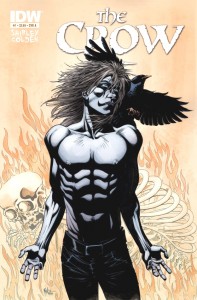 Having read the first two issues in the latest in a 20-plus year long line of comic books with the title The Crow, I find it ironic that the original book was about a soul that could not rest until he found justice… or at least revenge.
Having read the first two issues in the latest in a 20-plus year long line of comic books with the title The Crow, I find it ironic that the original book was about a soul that could not rest until he found justice… or at least revenge.
The original Crow miniseries by James O’Barr is a personal favorite, and the 1992 Tundra Publishing reprints of the original Caliber Press printings are prized possessions in my collection. It is a personal favorite because it is simple, and it is self-contained: a dude in the wrong place at the wrong time gets killed along with his girlfriend for no reason at all, and he somehow returns from the grave to kill the gang who killed them. That’s it. Who is the guy? Doesn’t matter, to the point where O’Barr doesn’t even tell us his last name (“Draven” only came about in the 1994 movie, that felt it needed to shoehorn in unnecessary backstory for the straights in the theaters). Why is he killed? Just some random violence from some random junkies; could’ve been anyone, anywhere. Why does he come back? His love for his girl is just that strong, brother. It was simple, and it was emotional, it was powerful… and then it was done.
It was everything that this new comic version of The Crow is not.
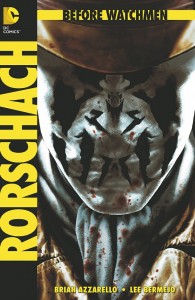
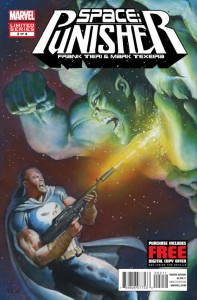
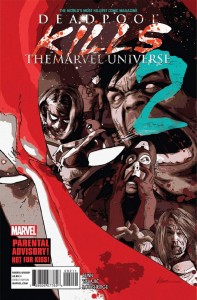
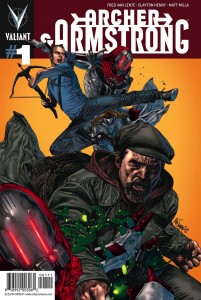
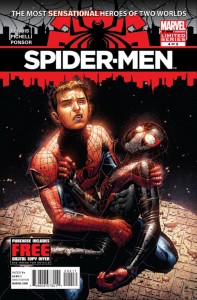
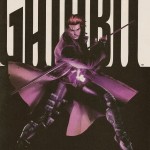
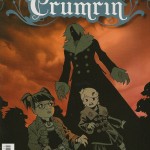
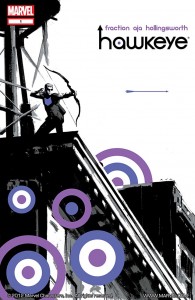
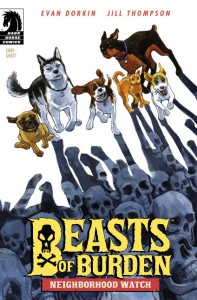
 Podcast RSS Feed
Podcast RSS Feed iTunes
iTunes Google Play
Google Play Stitcher
Stitcher TuneIn Radio
TuneIn Radio Android
Android Miro Media Player
Miro Media Player Comics Podcast Network
Comics Podcast Network